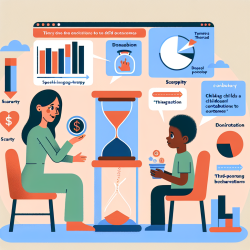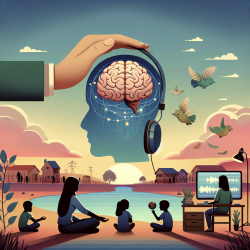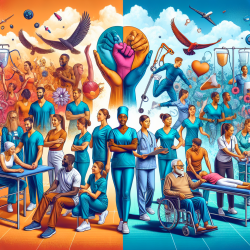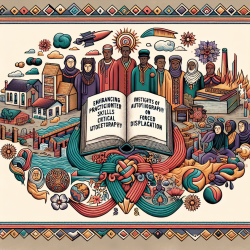Dance and movement are natural expressions for children, serving as powerful tools for emotional and physical development. The research article, "Children Are Born to Dance! Pediatric Medical Dance/Movement Therapy: The View from Integrative Pediatric Oncology," by Suzi Tortora, highlights the significant benefits of Dance/Movement Therapy (DMT) in pediatric oncology. This blog explores how practitioners can implement these findings to enhance therapeutic outcomes for children with cancer.
Understanding Dance/Movement Therapy
DMT is a psychotherapeutic modality that uses movement to address emotional, social, cognitive, and physical integration. Unlike recreational dance, DMT focuses on the patient's psychosocial needs, making it a crucial component of integrative oncology services. The American Dance Therapy Association defines DMT as "the psychotherapeutic use of movement to promote emotional, social, cognitive, and physical integration of the individual, for the purpose of improving health and well-being."
Implementing DMT in Pediatric Oncology
Based on Tortora's research, DMT can significantly improve the quality of life for pediatric oncology patients. Here are some actionable steps for practitioners:
- Nonverbal Communication: Utilize movement to help children express emotions that are difficult to articulate verbally. This is especially beneficial for young children who may not have the verbal skills to express complex emotions.
- Family Involvement: Engage family members in DMT sessions to strengthen the emotional bond and support system. This holistic approach can alleviate the emotional toll on the entire family.
- Multisensory Approach: Incorporate music, touch, and visual stimuli to create a rich sensory environment. This can help in pain management and emotional regulation.
- Trauma Prevention: Use DMT to address potentially traumatic aspects of the medical experience. This can prevent long-term psychological effects and promote a sense of empowerment.
Encouraging Further Research
While Tortora's research provides a solid foundation, there is a need for more evidence-based studies to validate the efficacy of DMT in pediatric oncology. Practitioners are encouraged to contribute to this growing field by conducting research and sharing their findings.
To read the original research paper, please follow this link: Children Are Born to Dance! Pediatric Medical Dance/Movement Therapy: The View from Integrative Pediatric Oncology










